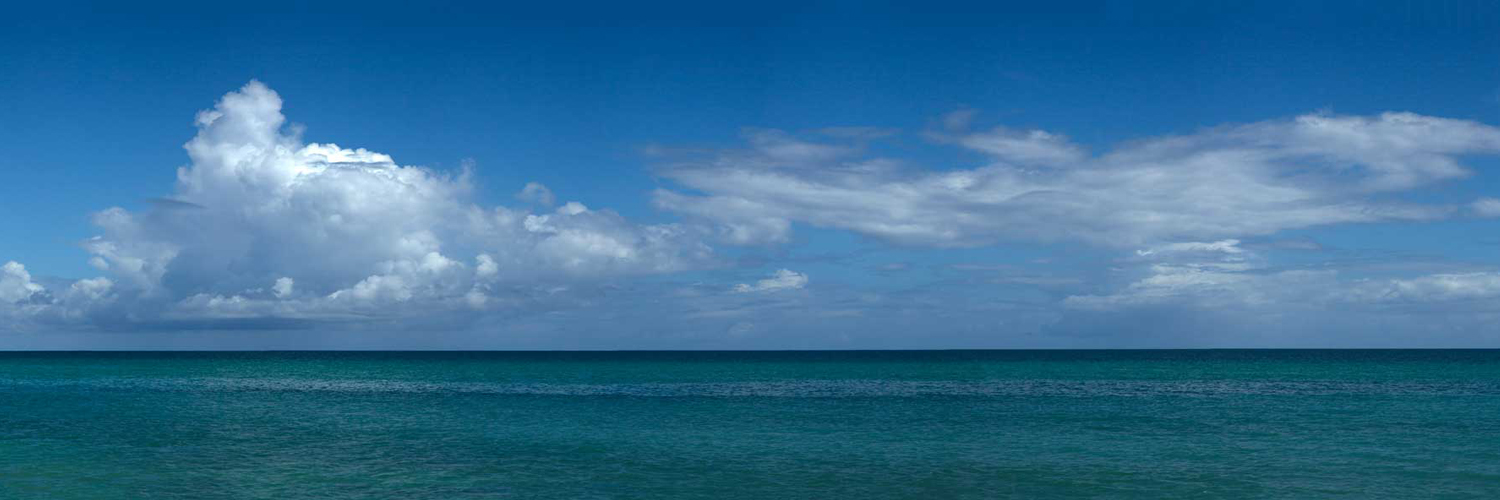
Tips
Before A Shoot
Always check your gear the night before. Clean your lenses and filters and make sure your batteries are charged. Check your camera bag to ensure that you have everything that you need. It helps if you make yourself a check list. Check the Photographer's Ephemeris to ensure you know where the sun will be at any one time and, if doing coastal work, check the tide tables. Remember the 7 Ps : 'Proper planning and preparation prevents piss poor performance!'Workshops can be organised on either a weekday or weekend. Remember it is your day and I am here to help so please ask. My aim is to make the day an enjoyable learning experience whilst giving you the basis to produce your own successful landscape images.
Remote Controls
If you are using a remote control – and I hope you are! – protect the joint between the controller and the cable by sticking one side of a piece of Velcro to the back of the controller and the other to the top of a tripod leg. The remote controller can be easily attached to the tripod leg, out of the way and not dangling down, whilst you set your camera up and just as easily detached when you want to take your shot.Photographing Bees and other Insects
Bees have a rapid wing beat and flap their wings up to 250 times a second. This means that in order to freeze the wing beat of a bee hovering over a flower you need a shutter speed of at least 1/250 of a second. You can either set you camera to shutter priority at 1/250 and let it work out the aperture for correct exposure, or set it to manual with the shutter speed at 1/250 and the aperture you require and adjust the ISO to gain correct exposure. With the camera set securely upon a tripod focus upon the flower and ensure that you set the aperture to give you enough depth of field so that what you want is in focus – take test shots and check the image on the LCD screen and that the histogram shows the correct exposure – and then wait for a bee to fly into your field of view. Taking macro shots on a hazy sunny day avoids the problems of uneven lighting and unwanted shadows.
As a guide: a Honeybee beats its wings 250 times a second, a Housefly 190, a Bumblebee 130, a Fly 120, a Hornet 100, a Horsefly 96, a Hummingbird Moth 85, a Dragonfly 40 and Butterflies 4-20 depending upon wing size.
Panoramic Images
1. Use a sturdy tripod on firm ground. If it is windy - hang something heavy from the central column.
2. Make sure that you keep the camera level – this will avoid the 'bow tie' effect when you stick your images together. First level the tripod using the integral bubble spirit levels. A tripod head with a levelling base makes the job easier. Make sure your camera is level when you attach it to the tripod head – use your camera's electronic level or a double axis spirit level attached to the camera's hot shoe.
3. Take each shot with the same camera-to-subject distance and camera height. Otherwise, you end up with different subject image sizes that won't line up properly. Ideally you should shoot in portrait orientation (using an 'L' bracket) and a nodal rail so the front element of your lens is above the rotation axis.
4. Maintain an axis of rotation, ie: don't allow your camera to dip slightly up or down.
5. Photograph from left to right. It is a good idea to photograph your fingers of your left hand at the beginning of a panoramic series and your right hand fingers at the end. That way, if you take several series of the same location, you can easily identify when a new panorama starts.
6. Make sure that you overlap each shot by at least 10% so that Photoshop has enough detail to compare between your images when it tries to stitch them together. For example, if I am using a 24mm lens on a full frame camera I rotate the camera 15° each shot. If you're shooting with a wide angle or fish eye lens where a lot of geometric distortion occurs in the images, you'll want to double or even triple that amount since Photoshop will need much more information to work with. Some cameras provide a panorama mode that displays a portion of the previous shot in the LCD monitor so that you can see where to align the next shot in the series.
7. Lock in your exposure, focus and focal length so they remain constant in each of your shots.
8. Avoid including moving objects in your shots or you may end up with the same object appearing in several places in the stitched panorama, or streaks where they have moved.
9. You need to keep in mind that the more images that you are stitching together, the more memory Photoshop will require to process them since it needs to open all the images at once.
10. Stitch the images together and then flatten the layers, save the resulting panorama using the image number and a description, ie: IMG_112030-041 – Mount Snowdon, and close the individual images before making any adjustments.
Lens Protection
Use a good quality filter on your lens and leave it there. This will protect the front element from dust, smears and scratches. The filter is flat which makes it easier to clean, and if it does get scratched or so dirty that it is too difficult to clean then it will cost less to replace than the lens.News
New Website
Sarah's new website is now online and packed with information, stunning galleries and handy photography hints and tips...»
